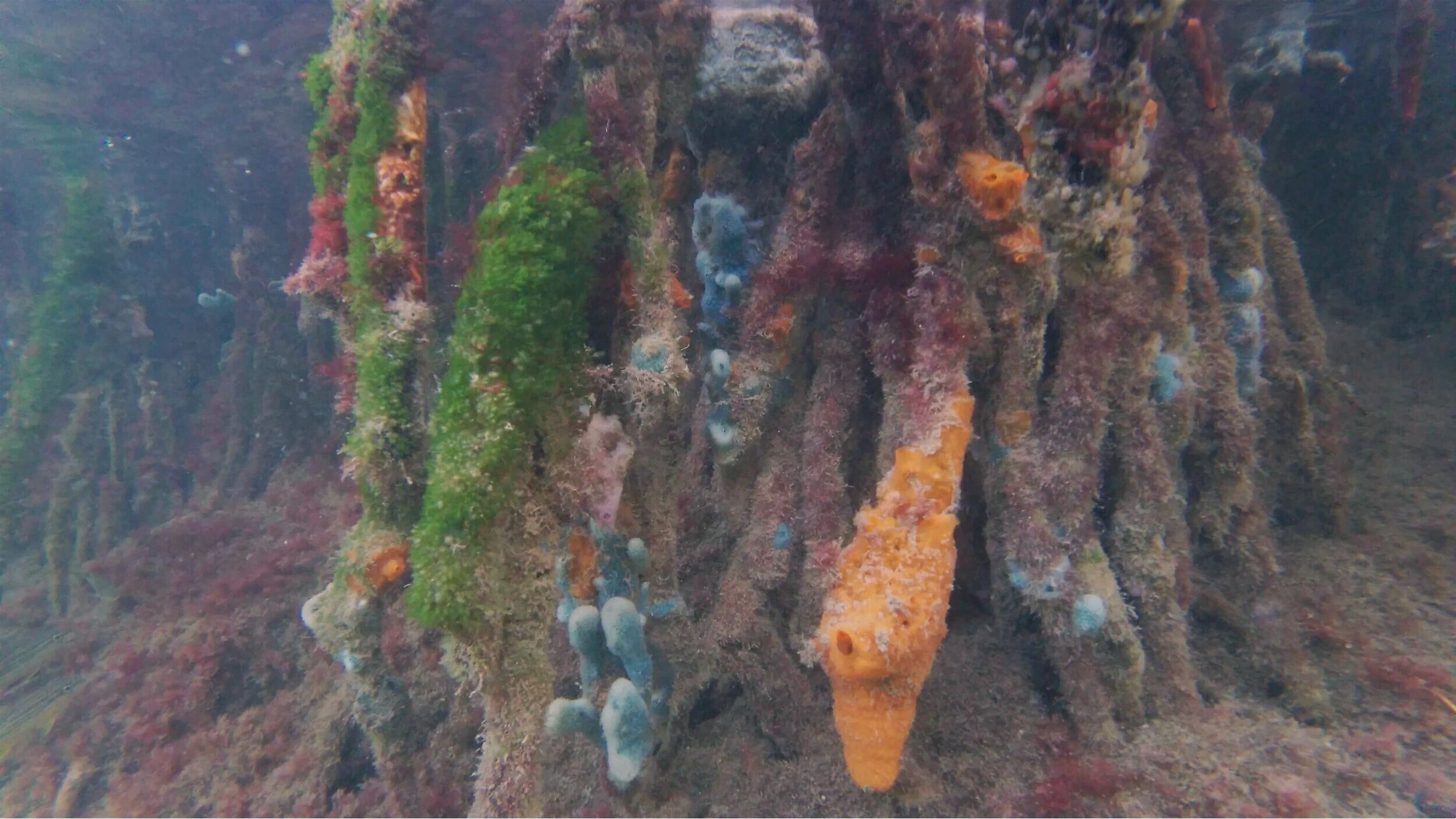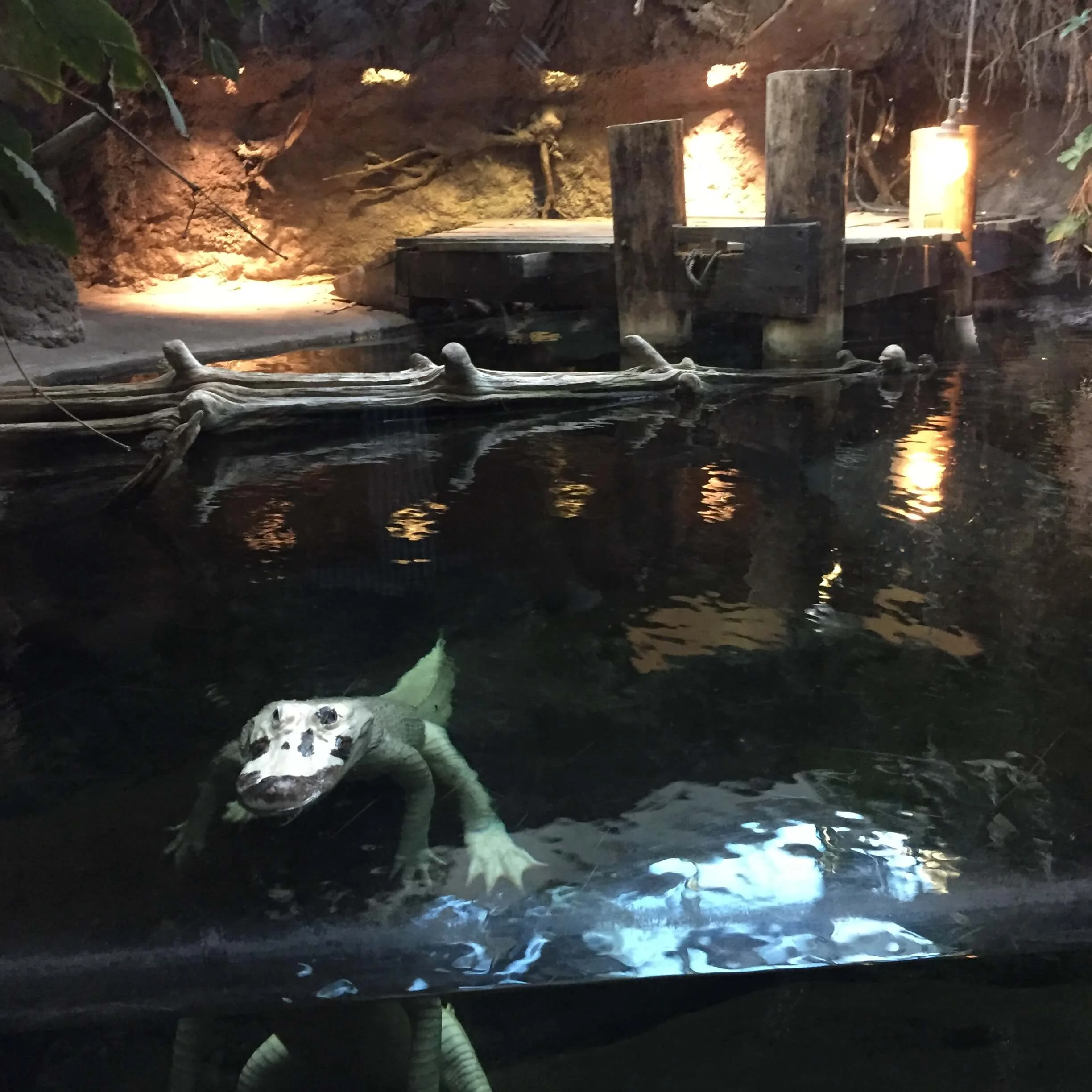Diving in the Florida Keys
The southernmost parts of Florida have always felt like an exotic, far-off place to me. Growing up in California, I sometimes wondered about this tropical, mangrove-covered part of the continental US. This was the crazy place with swamps and swamp people, alligators and crocodiles (both…what?!?), and MANATEES! Oh yeah, and beautiful crystal clear and WARM ocean waters. Let’s emphasize that warm part with ocean temperatures ranging from a comfy 72°F to 86°F throughout the year. Also, the Keys contain the only barrier reef in North America - an eventual diving and snorkeling trip there was a no brainer. In this article, we share what we learned from our trip about diving in the Keys.
Reef Health Check
Diving off Key Largo did not disappoint and thanks to ongoing Coral restoration efforts, the underwater life is colorful & plentiful. We saw a lot of Staghorn, Elkhorn, Grooved Brain, and other coral species. On the fish side, many colorful varieties, moray eels, and crabs. In general, the reefs seemed pretty healthy, though it was clear that coral bleaching had taken its toll in some areas.
Where to Stay
You don’t need to travel far down the Florida Keys to enjoy some spectacular diving. In fact, many of the best dive sites are just off the coast of Key Largo, which is the first Key off mainland Florida. Being the largest and easiest to get to, Key Largo also has the most in terms of amenities, such as restaurants, shops, and bars. We decided to stay in Key Largo due to its proximity to many dive shops and Pennekamp Coral Reef State Park. Also, we learned that there are frequent Manatee spottings in the canals on Key Largo, which totally happened to us (see video below)!
Tip: if you do decide to stay on Key Largo, book a hotel on the canals - this is where you’re most likely to find manatees.
If you’re looking for a more chill vibe and are okay with farther away amenities, one of the more southern and smaller Keys may be the right place for you. Also, if you want to visit Dry Tortugas National Park, Key West is probably the right spot to lay your head.
Onshore Diving & Snorkeling
For the most part, all diving and snorkeling in the keys requires a boat, as the barrier reef is a few miles offshore. However, there are some interesting and shore accessible mangrove-meets-sea reefs in John Pennekamp Coral Reef State Park, where the coral has transformed the underwater mangrove roots into a colorful jungle.
Quick heads up: we definitely saw crocodile warning signs as we entered the water here. Although we didn’t see any crocs, it certainly added a chilling yet exhilarating energy to our adventure.
Offshore (Barrier Reef) Diving & Snorkeling
For our barrier reef trip, we went with the friendly and fun Horizon Divers dive shop. They brought us to North Dry Rocks and North North Dry Rocks. Both reefs were spectacular with shallow fingers and shelfs throughout, great for divers and snorkelers alike.
If I had to choose a favorite, I think North Dry Rocks was better - there was perhaps a greater abundance of coral (and some really large specimens like the one pictured below).
Dive Shop Recommendation - Horizon Divers
In general, we really enjoyed our trip with Horizon Divers and would certainly recommend them to a friend. Before each dive, their team provided an orientation to the reef that lay below the boat, which was super helpful for forming a mental map & rough itinerary before we dove in. Check out their website to reserve your dive or snorkel trip: https://horizondivers.com/.
Whatever you decide to do, scuba or snorkel, stay onshore or go offshore, you’re going to have a great time! Enjoy the warmth!
Connect with Us on Social Media!













